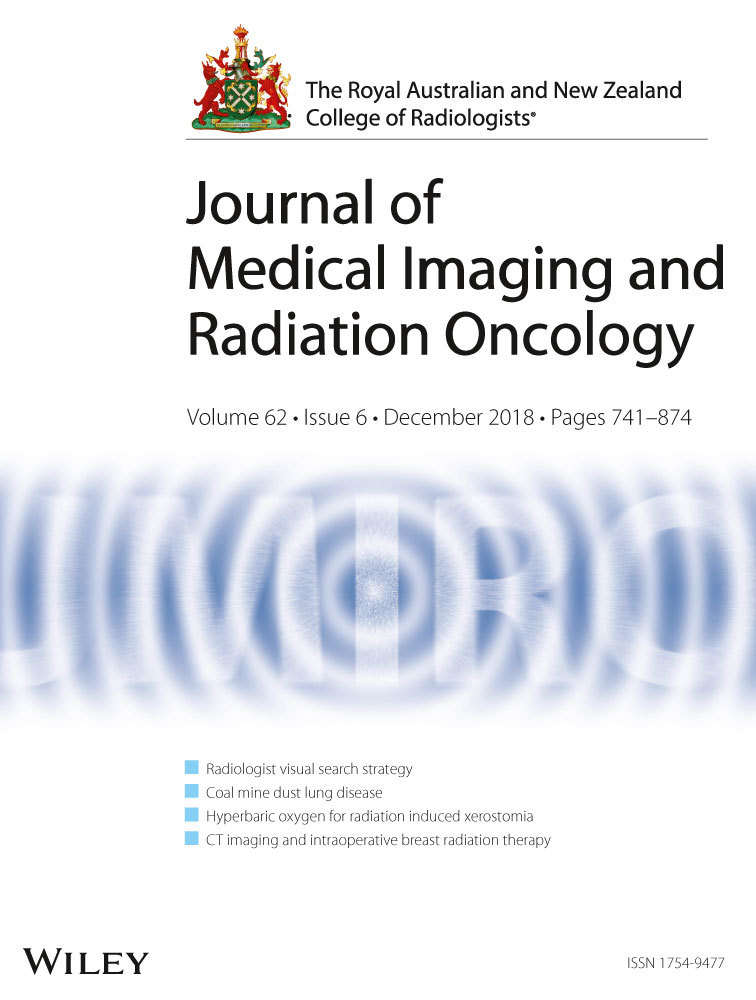Hyperbaric oxygen treatment for the management of radiation-induced xerostomia
Abstract
Introduction
Hyperbaric oxygen therapy (HBOT) is widely used for the treatment of the late effects of radiation therapy. We report a prospective observational cohort study of 51 patients designed to examine the effectiveness of hyperbaric oxygen treatment (HBOT) for xerostomia following radiotherapy.
Methods
Objective (saliva volume) and subjective (quality of life scoring and visual analogue scale (VAS) of discomfort) measurements associated with xerostomia were compared prior to commencement of HBOT, after 30 sessions (over 6 weeks) of HBOT at 243 kPa for 90 minutes daily for five days per week and at 6-week review (12 weeks from commencement).
Results
One hundred and one courses of treatment in 99 patients were examined. For 53 (53%) courses in 51 patients, data were recorded before and after HBOT and so could be included in the analysis. Thirty-four (34%) of these patients had complete data for all three time points. The unit of study was per treatment course, not per person. There were no major complications to HBOT. There was a statistically significant difference in saliva volume following HBOT (P = 0.016). The mean saliva volume increase was 0.9 mL over a 5-min collection period (95% CI 0.2–1.5). There was also a statistically significant improvement in discomfort after HBOT (P < 0.001) and QOL (P < 0.001). The mean visual analogue scale for discomfort (VAS on a 0–10 scale) score decreased by 1.4 units (95% CI 0.7–2.1), whilst the mean QOL score was 10 points lower after treatment (95% CI 5.9–14.4).
Conclusion
Hyperbaric oxygen therapy may be a safe and effective treatment for symptoms of xerostomia after radiation therapy and should be considered when available.




